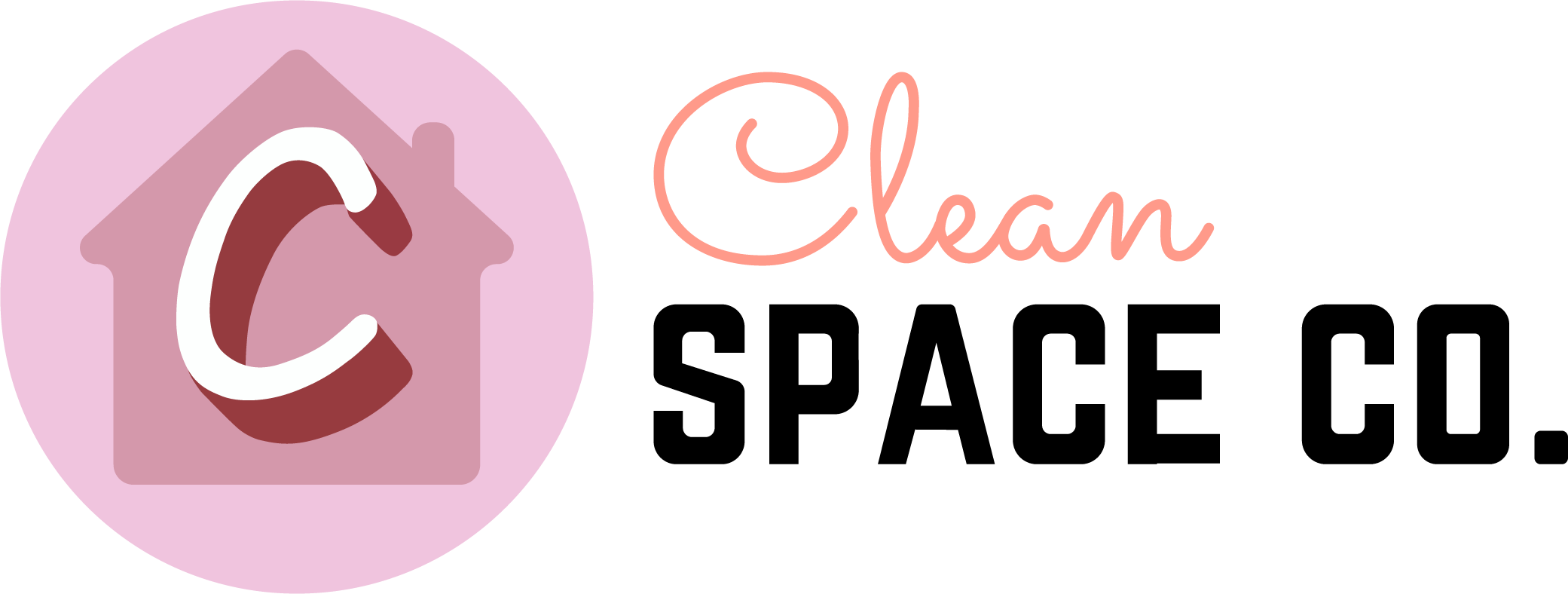Roof Repair After Storm Damage Gold Coast: Ensuring Your Home’s Safety and Integrity
The Gold Coast is renowned for its stunning beaches and vibrant lifestyle, but it is also prone to severe weather conditions, including storms that can cause significant damage to homes, particularly roofs. After a storm, assessing and addressing any roof damage is crucial to maintaining the safety and integrity of your home. This blog will discuss the importance of roof repair after storm damage Gold Coast, common types of storm damage, and the steps you should take to ensure your roof is repaired effectively.
Understanding Storm Damage
Storm damage can manifest in various ways, and it’s important to identify the specific issues your roof may be facing after severe weather. Common types of storm-related damage include:
- Missing or Damaged Shingles: High winds can lift or blow off shingles, exposing the underlying roofing materials to water infiltration. Even a few missing shingles can lead to leaks and more extensive damage if not addressed promptly.
- Leaks and Water Damage: Heavy rain can cause leaks in roofs, particularly if there are pre-existing vulnerabilities like cracks, gaps, or deteriorating seals. Water can penetrate the roof and cause damage to insulation, walls, and ceilings.
- Hail Damage: Hail can create dents and punctures in roofs, especially those made from metal or softer materials like asphalt. This damage may not always be immediately visible, making it essential to have a professional inspection.
- Structural Damage: Severe storms can lead to significant structural issues, including sagging roofs or damaged rafters. This type of damage requires immediate attention, as it can compromise the entire structure of your home.
Importance of Roof Repair After Storm Damage Gold Coast
When storms hit, homeowners often focus on visible damage, but it’s essential to conduct a thorough inspection of your roof to uncover any underlying issues. Roof repair after storm damage Gold Coast is critical for several reasons:
- Prevent Further Damage: Addressing roof damage promptly can prevent more extensive issues down the line, such as water damage to your home’s interior, mold growth, and structural weaknesses. This can save you a significant amount of money in repairs.
- Protect Your Home’s Value: A damaged roof can decrease the value of your home and make it less appealing to potential buyers. Regular maintenance and prompt repairs ensure that your home retains its value and marketability.
- Ensure Safety: A compromised roof can pose safety risks to your family. Loose shingles, leaks, and structural issues can lead to accidents or injuries. Timely repairs help maintain a safe living environment.
- Insurance Claims: After a storm, homeowners often file insurance claims to cover repair costs. Documenting the damage and having a professional assessment can streamline the claims process and help ensure you receive the coverage you need.
Steps to Take After a Storm
If your roof has been damaged after a storm, here are the steps you should take to address the situation effectively:
- Conduct a Visual Inspection: After the storm has passed, safely inspect your roof from the ground using binoculars to look for visible damage such as missing shingles, sagging areas, or visible leaks. Avoid climbing onto the roof yourself, especially if there is significant damage.
- Document the Damage: Take photos of any visible damage for insurance claims and to share with your roofing contractor. This documentation can help facilitate the claims process and provide a clear understanding of the extent of the damage.
- Contact Local Roof Repair Services: Reach out to local roof repair experts who specialize in roof repair after storm damage Gold Coast. They can conduct a thorough inspection, identify hidden issues, and provide you with a comprehensive repair plan.
- File an Insurance Claim: If your roof damage is extensive, contact your insurance company to file a claim. Provide them with the documentation of the damage and any assessments from roofing professionals.
- Schedule Repairs: Once you have a clear understanding of the damage and your insurance coverage, schedule repairs as soon as possible. Local contractors are often more responsive and can address your needs quickly, helping to minimize any further damage.
Choosing the Right Roofing Contractor
When selecting a roofing contractor for repairs, consider the following:
- Experience: Look for contractors with experience in handling storm damage repairs, specifically in your local area. They will understand the unique challenges posed by the Gold Coast climate.
- Reputation: Check reviews and ask for references to ensure you’re choosing a reputable company. A good contractor will have a history of satisfied customers and successful repairs.
- Licensing and Insurance: Ensure that the contractor is licensed and insured. This protects you in the event of any accidents during the repair process and ensures compliance with local regulations.
Conclusion
Roof repair after storm damage is a vital aspect of home maintenance for Gold Coast homeowners. With the region’s susceptibility to severe weather, understanding the importance of timely repairs can save you time, money, and stress. By conducting thorough inspections, documenting damage, and working with local professionals, you can ensure that your roof remains in excellent condition and continues to protect your home from the elements. Don’t delay; address storm damage promptly to safeguard your home’s integrity and value.

